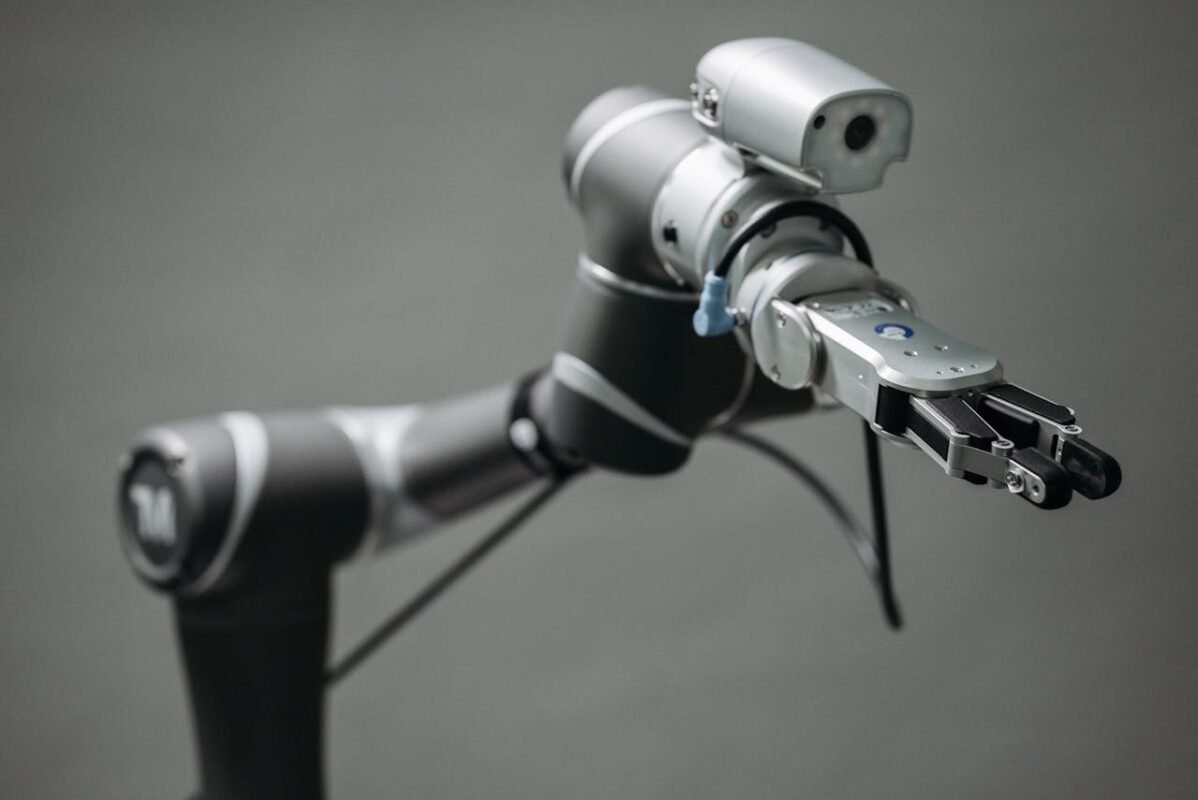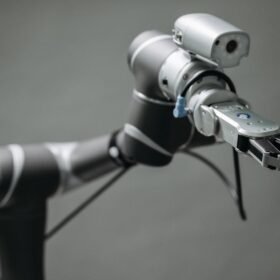Cobots, or collaborative robots, are taking the manufacturing world by storm. As programmable robotics gain capabilities like never before, large and small companies have become eager to tap into the potential of humans and machines working together seamlessly on factory floors. We’ve seen the buzz and enthusiasm around cobots firsthand in my role supplying automation solutions to customers.
While the possible advantages of lightweight, flexible cobots seem obvious, purchasing and implementing new robotic technology also brings questions, risks, and learning curves that require thoughtful consideration. In this article, we’ll share some of the most important things to understand before taking the plunge and investing in your first collaborative robot. From assessing tasks that fit a cobot’s capabilities to training staff on safety protocols, the information covered here can help ensure your cobots get up and running smoothly to boost productivity as intended.
Understand the capabilities of cobots
Before purchasing a cobot, it’s essential to understand what tasks they are capable of and how they can best integrate into your workflow. Unlike traditional industrial robots, which are often large and heavy and operate in isolation from humans, cobots are designed to work alongside humans collaboratively. This means that they need to have more advanced safety features and be able to operate close to humans without causing harm.
Cobots are also generally smaller and lighter in weight, making them more accessible and more cost-effective to integrate into existing production lines. However, this also means that they may have different heavy-lifting capabilities than traditional robots, so assessing your tasks and determining if a cobot is the right fit is essential.
In addition to physical capabilities, it’s also essential to understand the programming capabilities of cobots. Many are designed with user-friendly interfaces and intuitive programming methods, making them accessible for non-technical staff to operate and maintain. However, some tasks may require more complex programming or specialized knowledge, so evaluating your needs and the capabilities of different cobot models is essential. Check out flexibowl for more information on the available cobots and their capabilities.
Identify potential risks and safety protocols
As with any new technology, it’s crucial to thoroughly assess potential risks and strategies for risk mitigation before investing in a cobot. Safety, especially when cobots collaborate with humans, takes precedence. Apart from ensuring that the cobot incorporates advanced safety features like collision detection and force sensing, it is imperative to establish comprehensive safety procedures for employees interacting with it.
These safety protocols could encompass defining specific operational zones, mandating protective equipment, and incorporating emergency stop mechanisms or other safety precautions. Extensive training on these safety protocols for all staff involved in cobot operations is essential to minimize accidents and injuries, fostering a secure work environment.
Plan for integration and training
To successfully integrate a cobot into your production line, planning ahead and allocating resources for training is crucial. Depending on the complexity of tasks and the user-friendliness of the cobot, there may be varying levels of training required for staff to operate the cobot effectively. It could include understanding programming interfaces, maintaining and troubleshooting the cobot, and adhering to safety protocols. Investing in thorough training can help maximize the productivity and longevity of your cobot investment.
Additionally, it’s essential to consider how a cobot will fit into your existing production line and how it may impact the workflow. Will it require any changes or modifications to be made? How will it interact with other machines or human workers? Thinking through these factors and creating a plan for smooth integration can help avoid any disruptions or delays in production.
How to maintain and expand
Proper maintenance and the ability to expand the capabilities of your cobot are crucial for ensuring its longevity and adaptability to changing production demands. Regular maintenance checks should be scheduled to keep the cobot in optimal condition, helping to prevent unexpected downtime or costly repairs. This includes checking for wear and tear on moving parts, updating software, and calibrating sensors as required.
When considering expansion, it’s wise to select a cobot with a modular design that can easily be upgraded with new attachments or software. This ensures that the cobot can evolve alongside your business, adjusting to new tasks or processes without needing a complete replacement. Additionally, having a clear understanding of the technical support and upgrade paths offered by your cobot manufacturer can contribute to a seamless and future-proofed integration into your workflow.
Conclusion
In conclusion, investing in collaborative robots can provide numerous benefits for your manufacturing operations. However, it’s essential to understand their capabilities, identify potential risks, plan for integration and training, and establish a maintenance and expansion strategy before investing. With careful consideration and proper implementation of these factors, cobots can enhance productivity and safety on the factory floor while setting your company up for future success.







